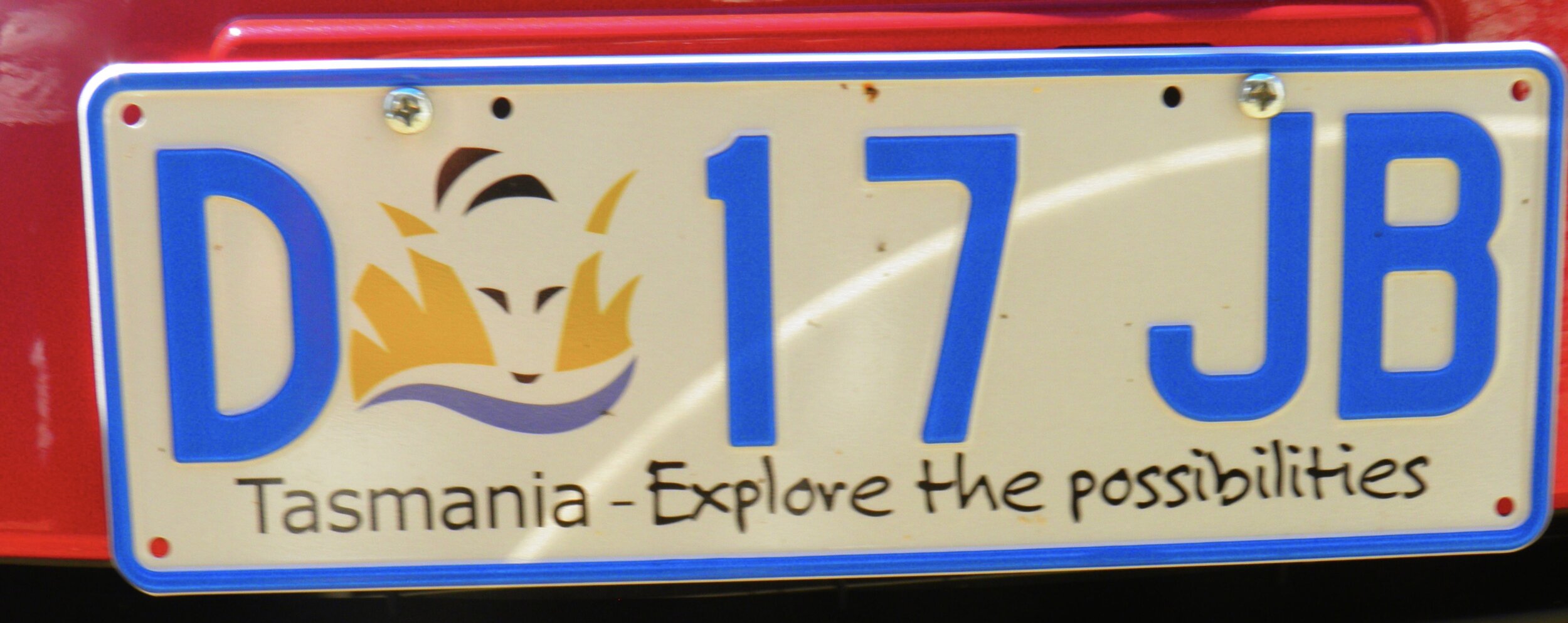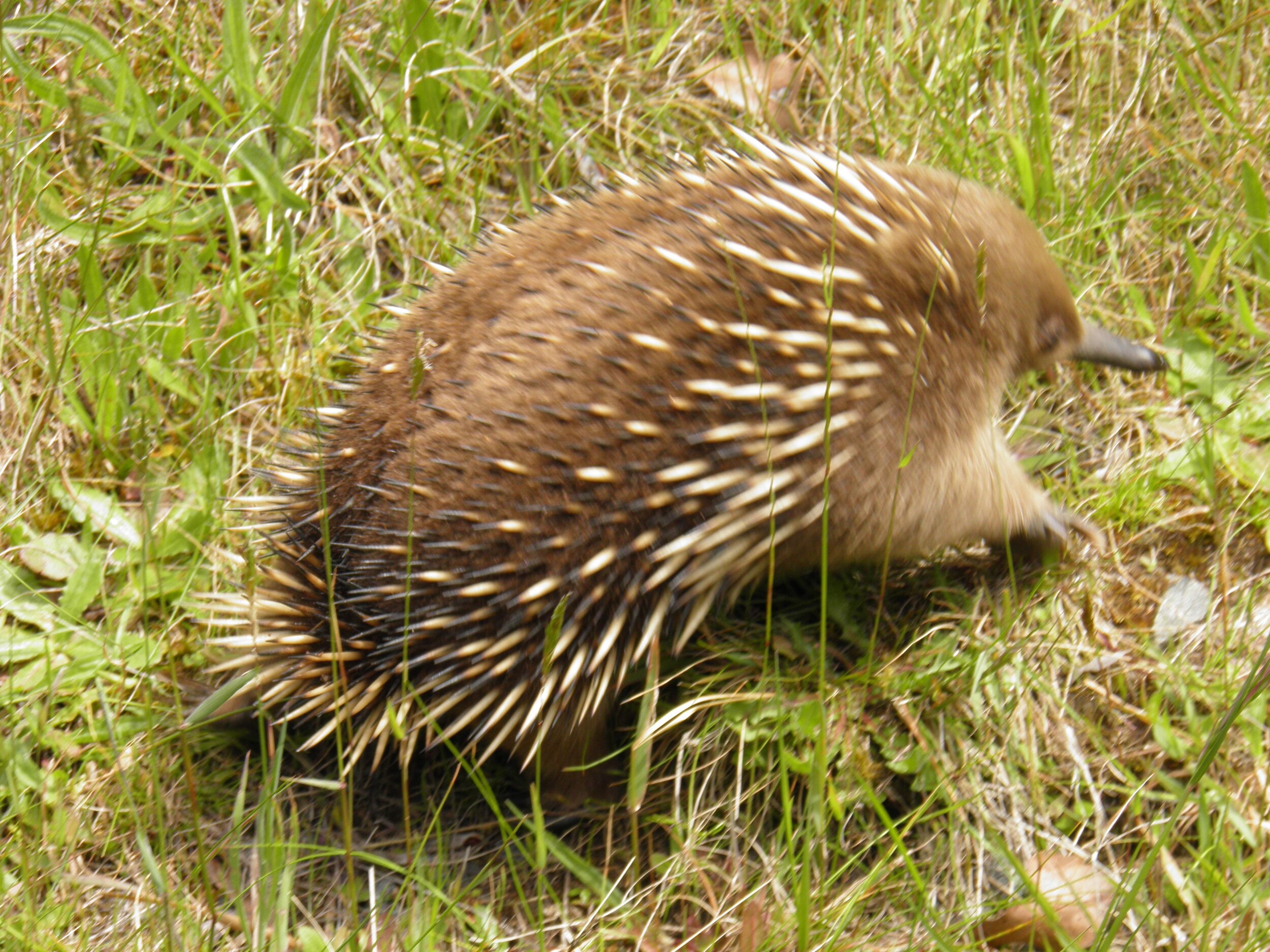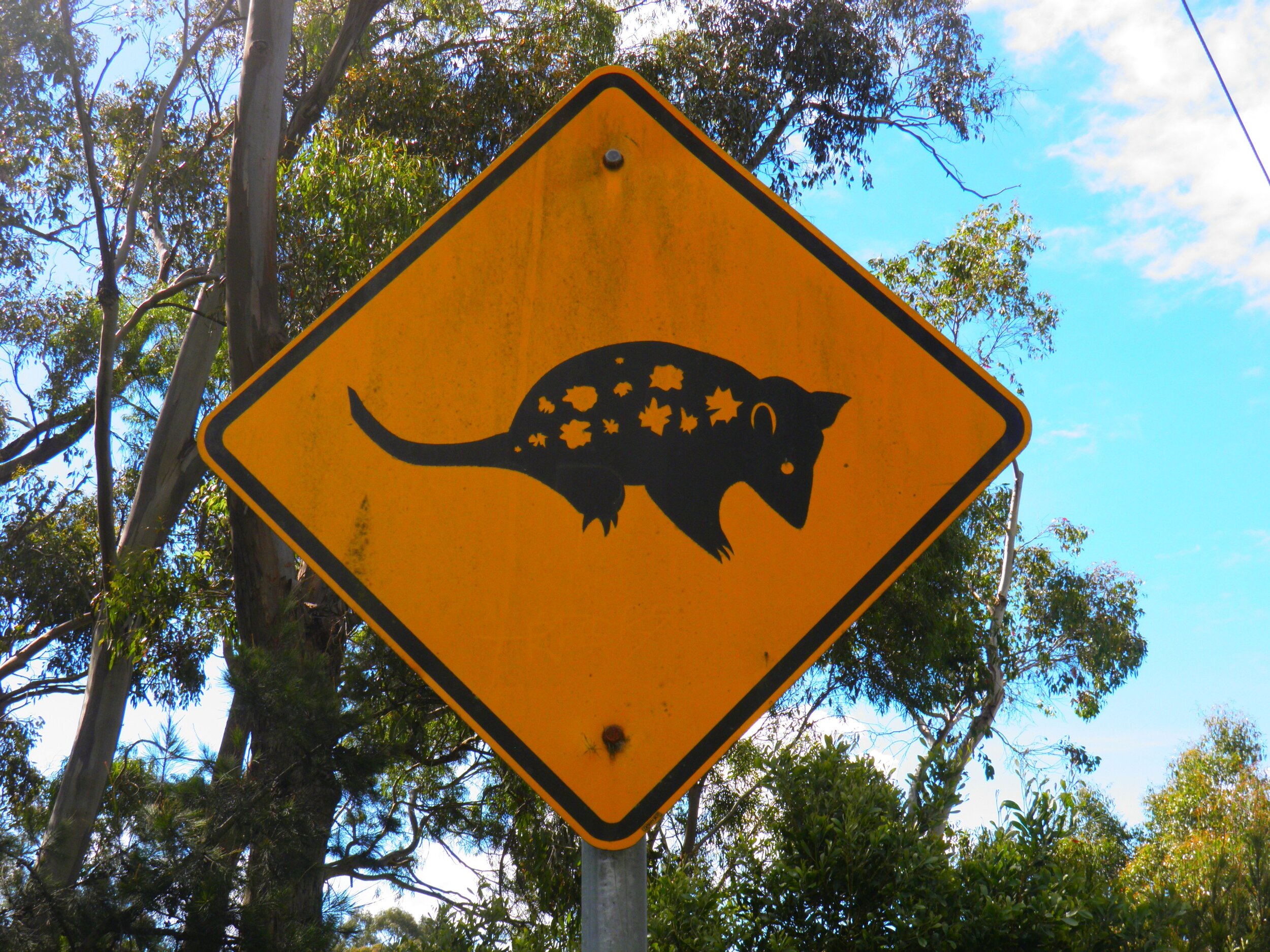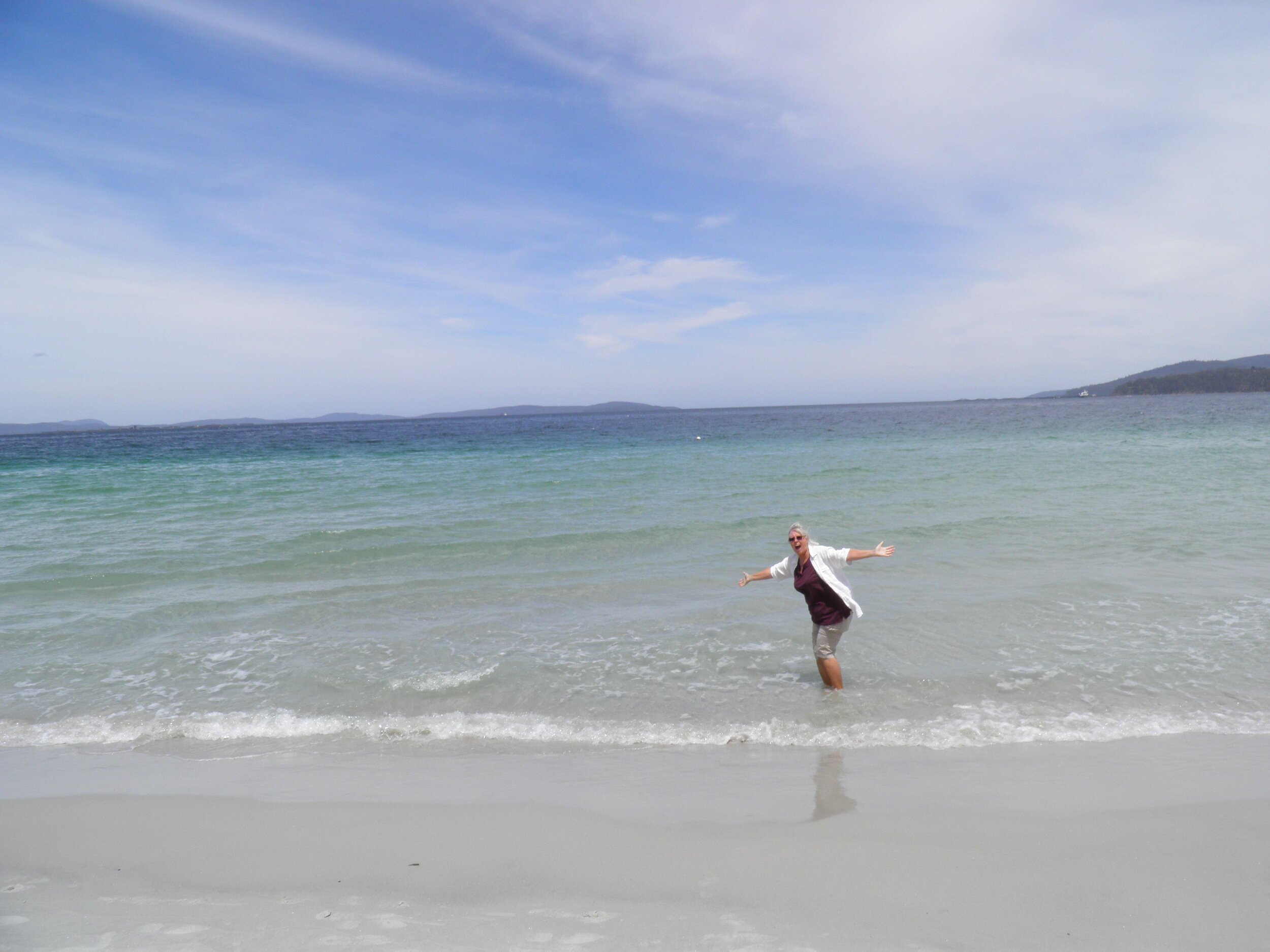Tasmania. It always was such an intriguing name... I learned about it in school. Named for the Dutch explorer and sailor Abel Tasman, this island always conjured up images of steep, dark jungle for me. After completing our three months long amazing-race-Australia we flew to Hobart, Tasmania for our final week in Australia. I have never been this close to Antarctica!
Tasmania seems to be the opposite of the Australian mainland:
- its roads are windy instead of endlessly straight,
- it is green and hilly instead of red and flat,
- it is wet and cold, instead of dry and hot!
It probably is not right to generalize. I’m sure it’s hot and dry here, too, at times. But right now Tasmania is the perfect transition to home for us. With its mountain tops shrouded in clouds and drizzle, it looks much like British Columbia.
We took the ferry to Bruny Island - an island off an island. It felt we were back home on Salt Spring Island, BC, Canada. Like our own island, Bruny Island has sheep, a cheese maker, a winery, lovely little villages and beaches. But, unlike Salt Spring, it also has sand beaches and a penguin rookery.
And both have rain. Pounding rain and storm. This is spring in Tasmania? Locals say it is unusual. I don’t have enough warm clothing. I just have sandals. But the scenery is gorgeous: steep hills, green valleys, tree ferns (they look like a cross between large ferns and palm trees). But oh, the weather. It is pouring, thunder and lightning!
Echidna!
The landscape feels very British: today we were in Exeter, Devon, we see tea shops and butchers...
Green fields with cows. Lots of sheep. This northeast side of Tasmania was settled first, in the 1800’s. Most of the wild forest is gone and has been tamed to produce crops and keep livestock. Yet, throw in some wild gorges, a waterfall, some rain forest - and you have today’s Tassie.
Woke up to sunshine and blue sky. And a sodden, drowned world. Creeks were overflowing and whole fields seemed like marshes. But we enjoyed seeing the countryside without fog. After tea and cereal in the hostel’s kitchen, we slowly puttered up and down hill sides in our rental car. Stopped for coffee in a lovely used bookstore with a Märklin train. Had a picnic lunch on a lovely beach. We both love these quiet days of driving and seeing new places. No rush, no traffic. Kees took a sharp right turn at a sign “Kate’s handmade chocolade” and we discovered a berry farm with a cafe. Kate was one busy lady. And she knew Salt Spring well. We are surprised at the number of Aussies who have been to Salt Spring! We sat on the patio with cappuchino’s and... chocolate covered licorice.
We made it into Hobart, the capital city. Enjoyed seeing downtown with lovely old buildings on the waterfront. We found a nice room in a backpackers’ hotel (read: lower prices than a luxury hotel), right in the center of town. Walked through the Tasmania Museum, had a beer in a pub housed in an old customs house. Then a burger in an Irish Pub. Life is good.
We then left on an adventure around Tassie in our little rental car, driving first north of Hobart and west. Immediately we were in a vast wilderness. Green valleys, tall peaks, and lonely roads. To our thrill we met a cute cuddly wombat! We spent the night in a delightful, renovated gold rush hotel in Queenstown: http://www.empirehotel.net.au/
Drove through more wilderness, past Tasmania’s highest peak , Cradle Mountain, via many hairpins curves to Strahan on the west coast, and on to Burnie on the north coast. We drive along beaches, picture book towns. I like the typical pubs and old hotels with their white, wooden lacework along the verandahs. I splash in the cold waves of the Southern Ocean. We picnic on Roaring Beach.
We drove all the way south to Port Arthur. This is one of the main attractions of Tasmania. But we decide that we don’t want to spend a fortune in admission fees to see ruins and learn more about the gruesome penal colony history than we really want to know.
So we walk along yet another white sand beach, have coffee in a lovely orchard and marvel at natural wonders along the coast: The Devil’s Kitchen, Blowhole and other amazing rock features with wild ocean water. On the way we are lucky enough to spot a real live echidna - a kind of small, Australian porcupine with a cute velvet snout that makes me think of an ant eater.
Random Aus-ervations:
• Have you ever seen a drive-tru bottleshop?! In Australia you don’t need to get out of your car to buy booze! Just go through the drive-through, order your beer, load it, pay and drive off. Just don’t drink and drive...
• Tassie seems to have much more internet access then the mainland did.
• Hotels and homes don’t seem to have any central heating systems. Just an electric heater in a room. But almost all beds have electric heating pads. In the south this means cold houses; in the north you won’t need any heat.
• Aussies love cake. Every town, even the smallest one, has a bakery with an enormous assortment of pastries and cakes in the window. They also always have meat pies, including ‘roo pie, even crocodile pie.
• ‘Tea’ means evening dinner. People will say “I’m having steak for tea.” Or “I still have to give the dog his tea.”
• ‘Lollies’ means candy, not just lollipops.
• The ferry to Tasmania costs 95.- one way. It cost us $39.- to fly from Melbourne.
• Size: Tasmania is about 62,000 sq km, The Netherlands a bit smaller at 42,000 and Vancouver Island smallest at almost half its size of 32,000.
• Twice now we have met the Huntsman spider. I do not care to repeat this experience. Google it. The Huntsman spider is an average of 10 - 12 INCHES. Big, black and ugly as only spiders can be. People tell me they won’t hurt me, they only eat bugs. I don’t care. I don’t ever want to see another one up close and personal. Even if it’s not poisonous, it can cause heart attacks!
• Aus is expensive. While the dollars are at par, minimum wage here is very high. While a waiter in Canada would make maybe 12.- an hour, or 10.- in the US, here they make some 20.- or 25.- dollars an hour. As a result, everything here is expensive for us. Groceries are about 1/3 higher. Eating out and accommodations are often about double.
• I love shopping in second hand stores, looking for treasure. The shops usually benefit a good cause like a hospital or such. In North America these stores are always called ‘thrift’ stores - which, I think, makes them sound cheap and terrible. Here in Australia second-hand stores are called Op Shops. Op is for ‘opportunity’ - now, doesn’t that sound a lot more exciting?
Next stop: Antarctica…








